January 2025
FEATURES
Integrated managed pressure drilling system improves insights for enhanced performance
A holistic solution combines fit-for-purpose hardware and sophisticated rig controls data to deliver safer, faster, more efficient operations.


